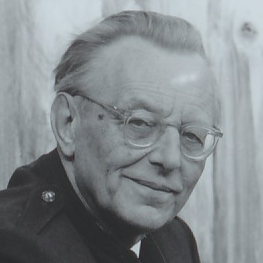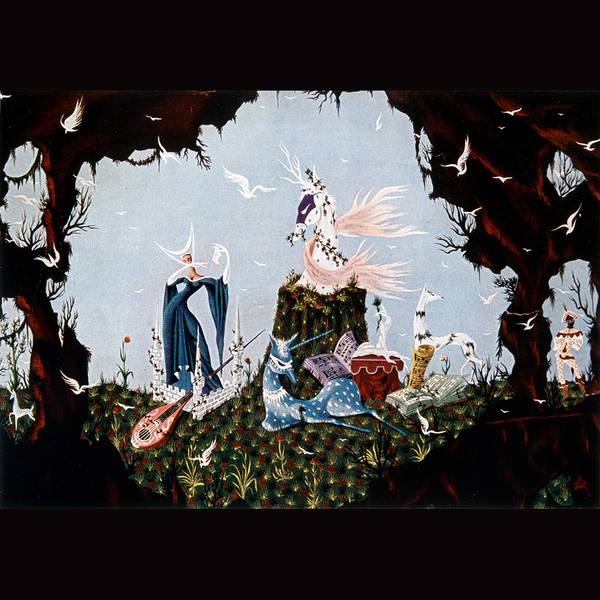Trionfi – Trittico teatrale
»These verses, brief and as though hewn from stone, fascinated me: for me they were music. A spark was ignited and caught fire.« (Carl Orff on the distich ›Odi et amo‹ by Catullus)
[1]
In 1934, Orff discovered the most significant existing collection of Mediaeval Latin and Middle High German lyrical poetry, a manuscript which probably originated in Styria between 1220 and 1250 and which was published in 1847 by Andreas Schmeller under the title ›Carmina Burana‹, named after the monastery Benediktbeuren where the original manuscript was housed. Within a few days, Orff had sketched out a scenic cantata and subsequently undertook work on the full score between the spring of 1935 and August 1936.[2]
In the search for a companion piece for ›Carmina Burana‹ in 1941, Orff returned to the first of the two cycles for a capella choir which he had composed in 1930 and 1932 following his fascination for the distich ›Odi et amo‹ written by the Roman lyricist Catullus. This cycle formed the basis for the dramatic dance play ›Catulli carmina‹ which was completed in 1943.
Orff considered ›Carmina Burana‹ as the opening work, ›Catulli carmina‹ as an intermediate piece and began to search for a large-scale finale. The final shouts of the youths in ›Catulli carmina‹ sparked off thoughts of the representation of an ancient wedding ceremony with a concluding Trionfo (= jubilation) celebrating the goddess of love. Orff worked on the score from 1949-51.
This combination of independent works composed over a period of over twenty years under the single title ›Trionfi‹ is an indication of the unity of Orff’s theatrical concept of ›staging the scenes‹ of European lyrical poetry in the original linguistic forms of the past as choreographically oriented music theatre. [2]


